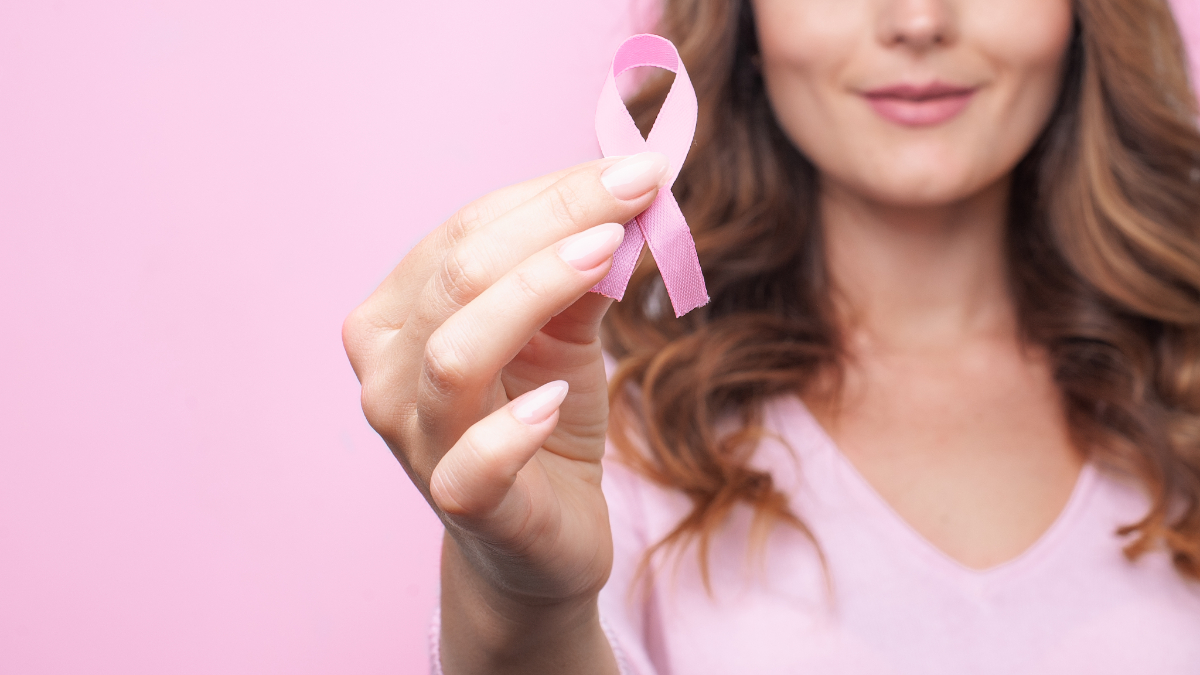
Breast cancer is the most common type of cancer in women and is one of the leading causes of death for women worldwide. Though there are many risk factors for breast cancer, some women are more likely to develop the disease than others. The good news is that there are things you can do to lower your risk of breast cancer, and treatments are available if you develop the disease. It’s essential to be as informed as possible about breast cancer, so this article will provide you with six facts that you should know about the disease.
1. Breast Cancer Is Not Just One Disease
There are several different types of breast cancer, each with its symptoms and treatment options. The most common type of breast cancer is ductal carcinoma, which starts in the milk ducts and accounts for about 80% of all breast cancer cases. Other types of breast cancer include lobular carcinoma, which begins in the milk lobes, and inflammatory breast cancer, a rare but aggressive form of the disease. Your breast cancer will affect your treatment options, so it’s essential to be aware of the different types. Many women are diagnosed with breast cancer that has spread to other body parts, such as the bones or liver. This is known as metastatic breast cancer and is treated differently than early-stage breast cancer.
2. Family History Is A Risk Factor
If you have close relatives who have been diagnosed with breast cancer, your risk of developing the disease goes up. Having one first-degree relative (mother, sister, daughter) with breast cancer triples a woman’s risk. Having two first-degree relatives increases her risk by about five times. The increased risk is highest for women whose close relatives were diagnosed at a young age. It’s important to know your family history and share it with your doctor. This information can help you make informed decisions about your breast health. However, it’s important to remember that most women with a family history of breast cancer will not develop the disease themselves. However, suppose you have a family history of breast cancer. In that case, you should speak to a genetic counselor to assess your risk, especially when you notice breast cancer symptoms and breast changes. This is because symptoms in women with a family history of the disease may be different from those who don’t have a family history.
3. Your Risk Of Breast Cancer Increases With Age
The vast majority of breast cancer cases occur in women over 50. Your risk of breast cancer doubles every ten years after age 40. This doesn’t mean that younger women can’t get breast cancer – about 11% of all new cases are diagnosed in women under 45. But if you’re over 50, you must be extra vigilant about getting regular mammograms and breast exams. The good news is that thanks to early detection and better treatment options, the survival rate for breast cancer is now higher than ever. Breast cancer is still the second leading cause of cancer death in women after skin cancer. It’s estimated that about 1 in 8 women in the US will develop breast cancer at some point in their lives.
4. Obesity Is A Risk Factor
Breast cancer risk goes up as weight increases. Women who are obese (BMI of 30 or higher) have about a 20 to 40 percent increased risk compared to women of average weight (BMI less than 25). Postmenopausal women who are overweight (BMI 25 to 30) have a slightly increased risk, from 5 to 10 percent. The good news is that even modest weight loss (5 to 10 percent of your body weight) may lower your risk. How excess weight may contribute to breast cancer risk is unclear. Still, it’s thought to be related to higher levels of estrogen and insulin in the body. When you’re overweight, your body makes more of these hormones, which can promote the growth of breast cancer cells. Fat cells may also increase inflammation, which has been linked to a higher risk of cancer.
5. Alcohol Consumption Is A Risk Factor
Studies have shown that alcohol consumption increases the risk of developing breast cancer. The more alcohol you drink, the greater your risk. If you drink, limit your alcohol consumption to no more than one drink per day. It’s also important to note that alcohol can increase your risk of developing other types of cancer, such as cancer of the mouth, throat, and esophagus. If you’re concerned about your alcohol consumption, talk to your doctor. Remember that you don’t need to give up alcohol entirely to reduce your risk of cancer. Sometimes, making small changes, like switching to wine or beer instead of hard liquor, can make a big difference. Though, if it requires you to give up alcohol completely, kindly do without hesitating. Discipline is all it takes.
6. There Are Treatments Available
If you’ve been diagnosed with breast cancer, it’s essential to know that treatments are available. Treatment options include surgery, radiation therapy, chemotherapy, and targeted therapy. Your treatment plan will be based on the type of breast cancer you have, the stage of your cancer, your age, overall health, and your personal preferences. The goal of treatment is to remove cancer or destroy it with treatments like radiation or chemotherapy. It’s important to talk with your doctor about your treatment options and ask questions about each option’s potential risks and side effects. This way, you can make the best decision for your situation.
In conclusion, breast cancer is a severe disease that can be deadly if not caught early. Many risk factors are associated with breast cancer, including family history, age, personal health history, and lifestyle choices. However, you can also do many things to reduce your risk of developing breast cancer, including maintaining a healthy weight, exercising regularly, eating a healthy diet, and avoiding alcohol. If you are concerned about your risk of breast cancer, talk to your doctor about ways to reduce your risk.




